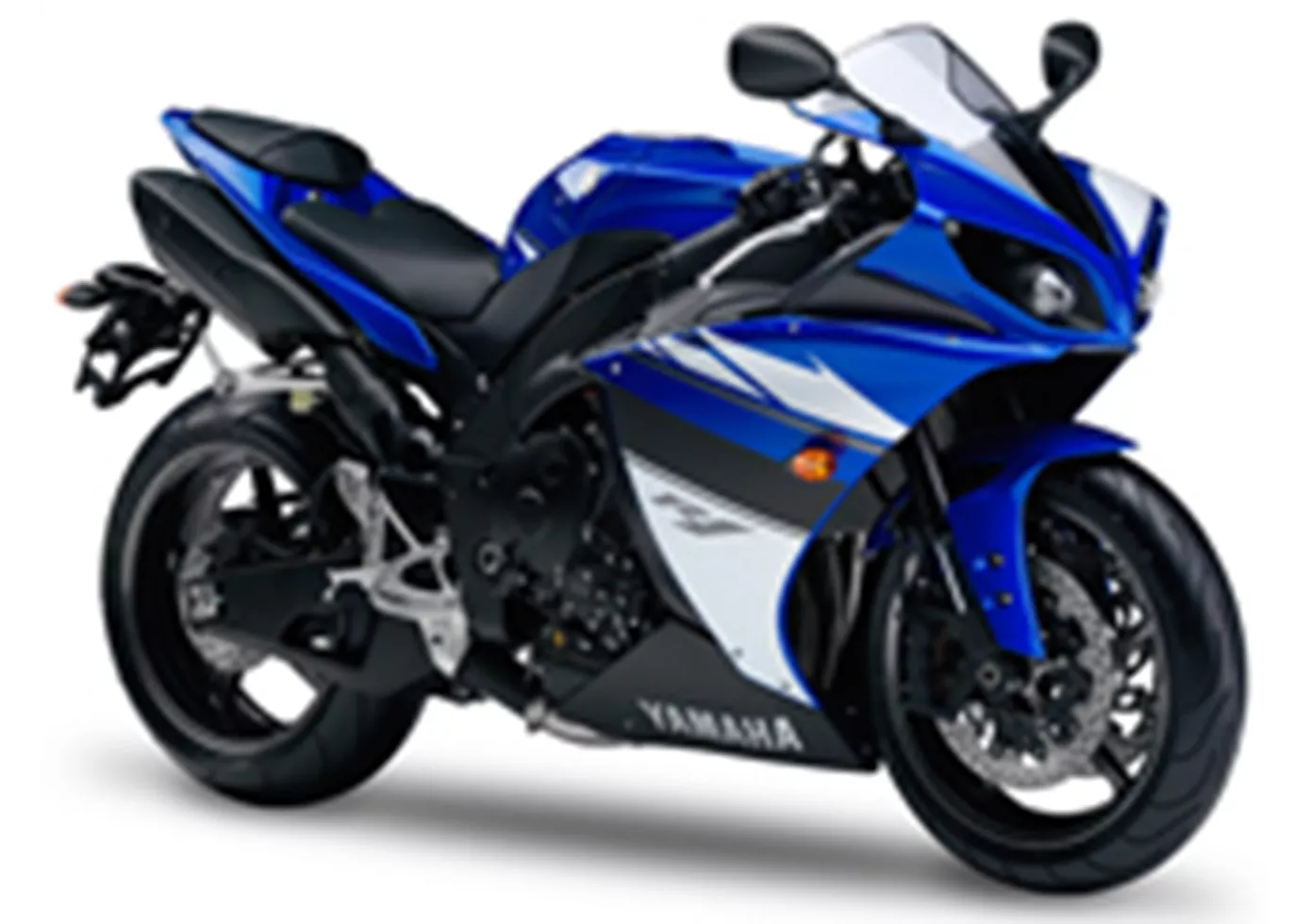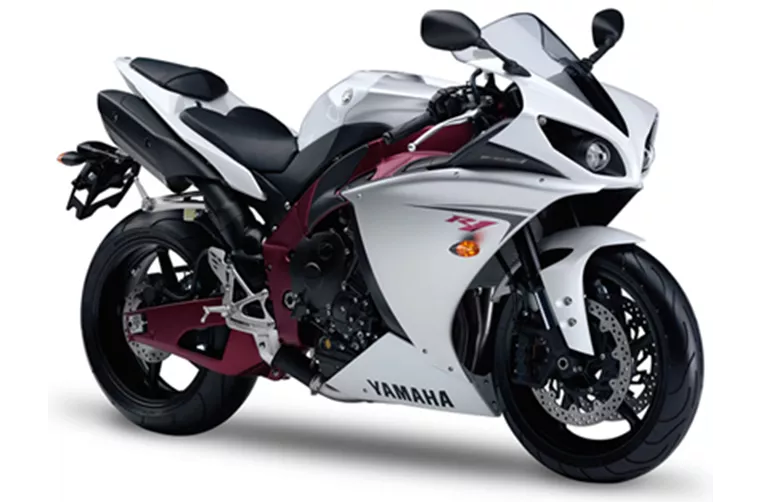Yamaha R1 2009 vs. BMW S 1000 RR 2015

Yamaha R1 2009

BMW S 1000 RR 2015
Overview - Yamaha R1 2009 vs BMW S 1000 RR 2015
The Yamaha R1 2009 and the BMW S 1000 RR 2015 are both powerful and high-performance supersport motorcycles. However, there are several notable differences between the two models.
In terms of engine specifications, both motorcycles have inline 4-cylinder engines. The Yamaha R1 2009 has a slightly smaller bore of 78 mm compared to the BMW S 1000 RR 2015's 80 mm. The stroke of the Yamaha R1 is 52.2 mm, while the BMW S 1000 RR has a stroke of 49.7 mm. The Yamaha R1 has an engine power of 182 HP, while the BMW S 1000 RR boasts a higher power output of 199 HP. The torque of the Yamaha R1 is 115.5 Nm, while the BMW S 1000 RR has a torque of 113 Nm. The compression ratio of the Yamaha R1 is 12.7, while the BMW S 1000 RR has a slightly higher compression ratio of 13. Both motorcycles have a displacement of around 1000 cc.

Yamaha R1 2009
In terms of suspension, both motorcycles feature telescopic forks at the front and swing arm suspension at the rear. The chassis of both motorcycles is made of aluminum, providing a lightweight and rigid frame. However, the Yamaha R1 has a Deltabox frame, while the BMW S 1000 RR has a Twin Tube frame.
Both motorcycles have double disk brakes at the front and 17-inch wheels. The wheelbase of the Yamaha R1 is 1415 mm, while the BMW S 1000 RR has a slightly longer wheelbase of 1425 mm. The seat height of the Yamaha R1 is 835 mm, while the BMW S 1000 RR has a lower seat height of 815 mm. The fuel tank capacity of the Yamaha R1 is 18 liters, while the BMW S 1000 RR has a slightly smaller fuel tank capacity of 17.5 liters.
In terms of strengths, the Yamaha R1 2009 is praised for its sophisticated sound, good feeling for power delivery, easy handling, hydraulic spring preload, and high level of workmanship. On the other hand, the BMW S 1000 RR 2015 is praised for its superb shift assistant, incredibly powerful and rev-happy engine, great range of accessories, and the availability of race-ready data logging and calibration tools.

BMW S 1000 RR 2015
However, there are also some weaknesses associated with each motorcycle. The Yamaha R1 2009 has a suboptimal seating position and may be somewhat difficult to corner over long distances. On the other hand, the chassis of the BMW S 1000 RR 2015 can quickly reach its limit in the hands of professionals.
In conclusion, both the Yamaha R1 2009 and the BMW S 1000 RR 2015 are high-performance supersport motorcycles with their own strengths and weaknesses. The Yamaha R1 offers a good balance of power and handling, while the BMW S 1000 RR excels in terms of engine performance and available accessories. Ultimately, the choice between the two models will depend on the rider's preferences and priorities.
Technical Specifications Yamaha R1 2009 compared to BMW S 1000 RR 2015
Pros and Cons in comparison
Pros and Cons in comparison
Yamaha R1 2009

Of course, the new R1 engine also passed all the tough Yamaha stress tests and comes with the same guarantees as other Yamaha motorbikes. Because until now, it was precisely the issues of durability and reliability that prevented series production of such an engine.
BMW S 1000 RR 2015

The BMW can still score points with hard facts in 2015. If you like top performance, you have to buy the BMW. It turns out incredibly powerful at the top and drives away the rest of the field from 200. Big and heavy riders will be able to benefit from this even more. BMW didn't make it easy for themselves with this bike and put together a very universal motorbike. If you were to do a comparison test with 50 different riders (from rookie to pro), the BMW would have the best average of all 1000cc bikes. The electronic chassis, but also the riding aids, make the pros fast and the beginners safe on the road. A top recommendation for a very broad target group. Very fast hobby riders will not be 100% satisfied with the standard suspension. If you don't want to modify the chassis, you should rather go for an R1M, a Panigale S or an RSV RF. If you want to convert anyway, the S 1000 RR is the strongest and most universal base. Surprisingly, the powerful machine also rides very well on country roads. All in all, it looks like a compromise, but it never feels like one in practice.
Price Comparison Avarage Market Price Yamaha R1 vs BMW S 1000 RR
There are a few key differences between a Yamaha R1 2009 and a BMW S 1000 RR 2015. It takes less time to sell a Yamaha R1 with 45 days compared to 77 days for a BMW S 1000 RR. Since model year 2005 1000PS.de editors have written 80 reviews for the Yamaha R1 and 135 reviews for the BMW S 1000 RR since model year 2010. The first review for the Yamaha R1 was published on 28/04/2003 and now has more than 3,900 views. This compares to more than 4,000 views for the first review on BMW S 1000 RR published on 16/04/2008.




















